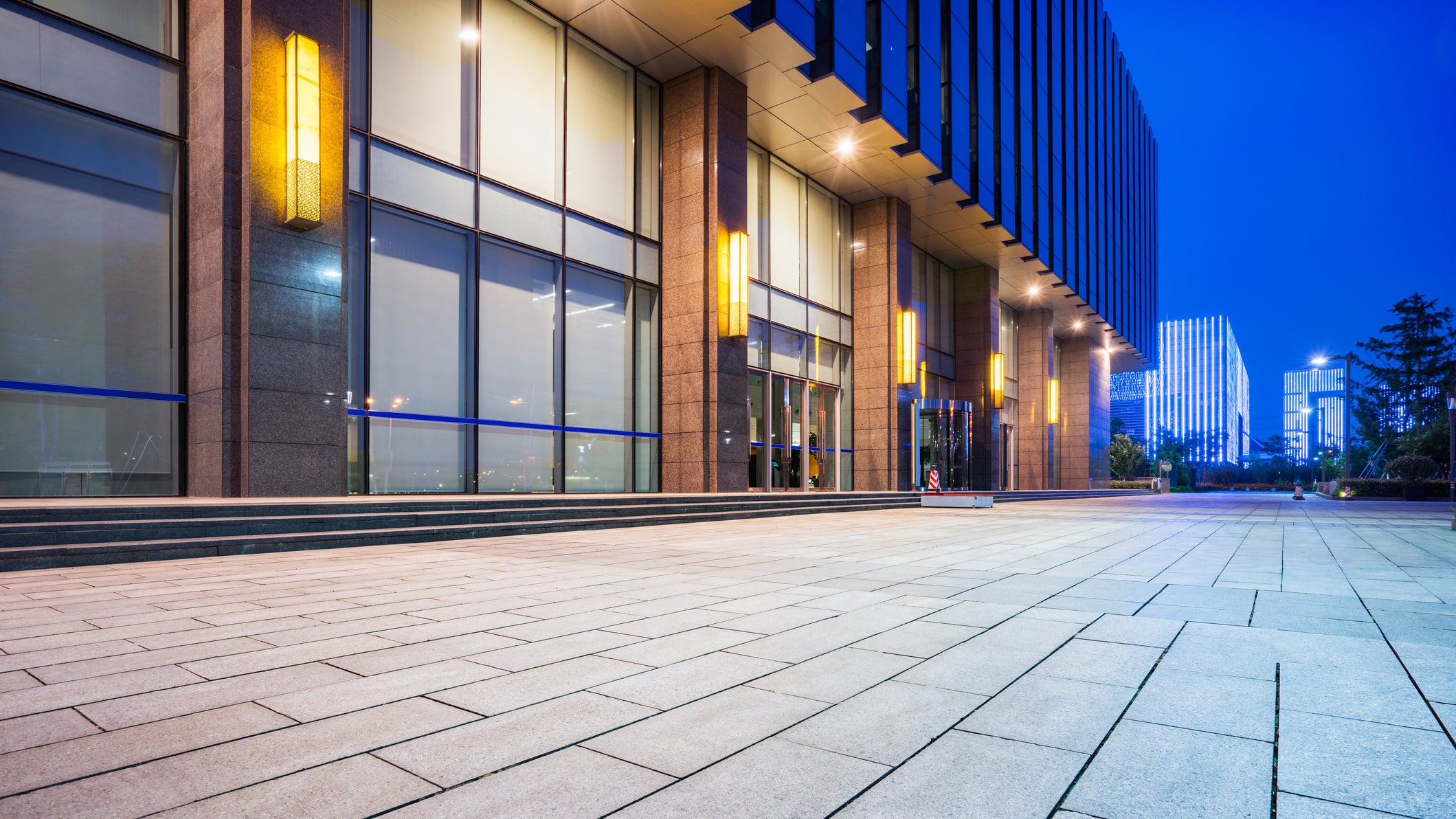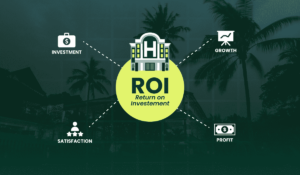As a commercial landlord, vacancy is the scariest word in the dictionary. And if you’re like most property owners, you’ve faced your fair share of challenges. The question is, how can you neutralize risks and set yourself up for success in the coming years?
U.S. Commercial Property Vacancy Rates
According to Commercial Edge’s annual report, commercial vacancy rates in the U.S. saw a year-over-year increase of 130 basis points from 2020 to 2021. In total, the vacancy rate stagnated around 15.5 percent for the year. But it really depends on the individual market.
“At the local level, Boston was the tightest market in terms of leasing volumes in December, registering a 10.3 percent vacancy rate,” the report recaps. “At the same time, the vacancy rate for Miami office space was 12.5 percent. The Los Angeles vacancy rate was also lower than the national average in December, resting at 13.2 percent. “
Generally speaking, vacancy rates tend to hover in that 7.5 percent to 12 percent range. However, so much depends on the individual market and the health of the overall economy (as the recent pandemic has proven).
Having said that, if you’re anywhere north of 10 percent in your portfolio, this is usually a sign there’s room for improvement.
How to Reduce Your Vacancy Rate
Reducing vacancy rates is one of the surefire ways to increase cash flow and elevate your overall rate of return. Here are some helpful ways to do just that:
- Partner With Experts
If you’re trying to self-manage all of your commercial properties, you’re likely missing out on opportunities to lower vacancy and increase cash flow. One of the best things you can do is partner with experts – meaning an experienced commercial property management service.
Property managers are in the business of keeping commercial properties leased and profitable. They have the resources, knowledge, and infrastructure in place to help you maximize profitability in ways that you simply wouldn’t be able to on your own.
- Update Features
Because vacancy rates have been so high, due to the pandemic, commercial tenants have the ability to be more discerning. They don’t have to rush into a lease over fears that someone else will come in and snag the property first. They can look around, see multiple properties, and ultimately pick the right fit. Keeping this in mind, it benefits you to have updated features that make your property stand out.
When updating or renovating a commercial property, focus on the things that are really going to have an immediate impact. Sometimes it’s the smallest cosmetic upgrades that make the biggest difference. Depending on the types of tenants you’re looking to attract, you might also consider adding a dedicated video conferencing room to account for the rise in remote work and virtual meetings. Whatever you do, make sure you’re thinking strategically and not just making random upgrades on the fly.
- Opt for a More Sustainable Approach
Many commercial tenants are in search of properties that align with their corporate social responsibility (CSR) initiatives. By upgrading to more energy efficient and sustainable equipment, you can attract these folks. (You can also lower your energy costs and utility bills.)
Attractive features include solar power, smart building technology, LED lighting systems, and better insulation. Any investment you make in these upgrades will pay you back over time.
- Offer More Competitive Lease Terms
One simple way to get tenants into your properties and lower your overall vacancy rate is by offering more competitive lease terms. This could include a combination of lower rent rates, better amenities, more flexible agreements, and various add-ons and extras.
You want your lease to be so attractive that tenants have absolutely no reason to look at other properties. This will also help you with retention and allow you to lock in longer lease agreements with your commercial tenants.
Putting it All Together
Your vacancy rate can make or break the success of your commercial investment property. By paying careful attention to this number, you can ensure you get an optimal return on investment year after year. Be proactive and don’t risk falling behind in this area!





Be First to Comment